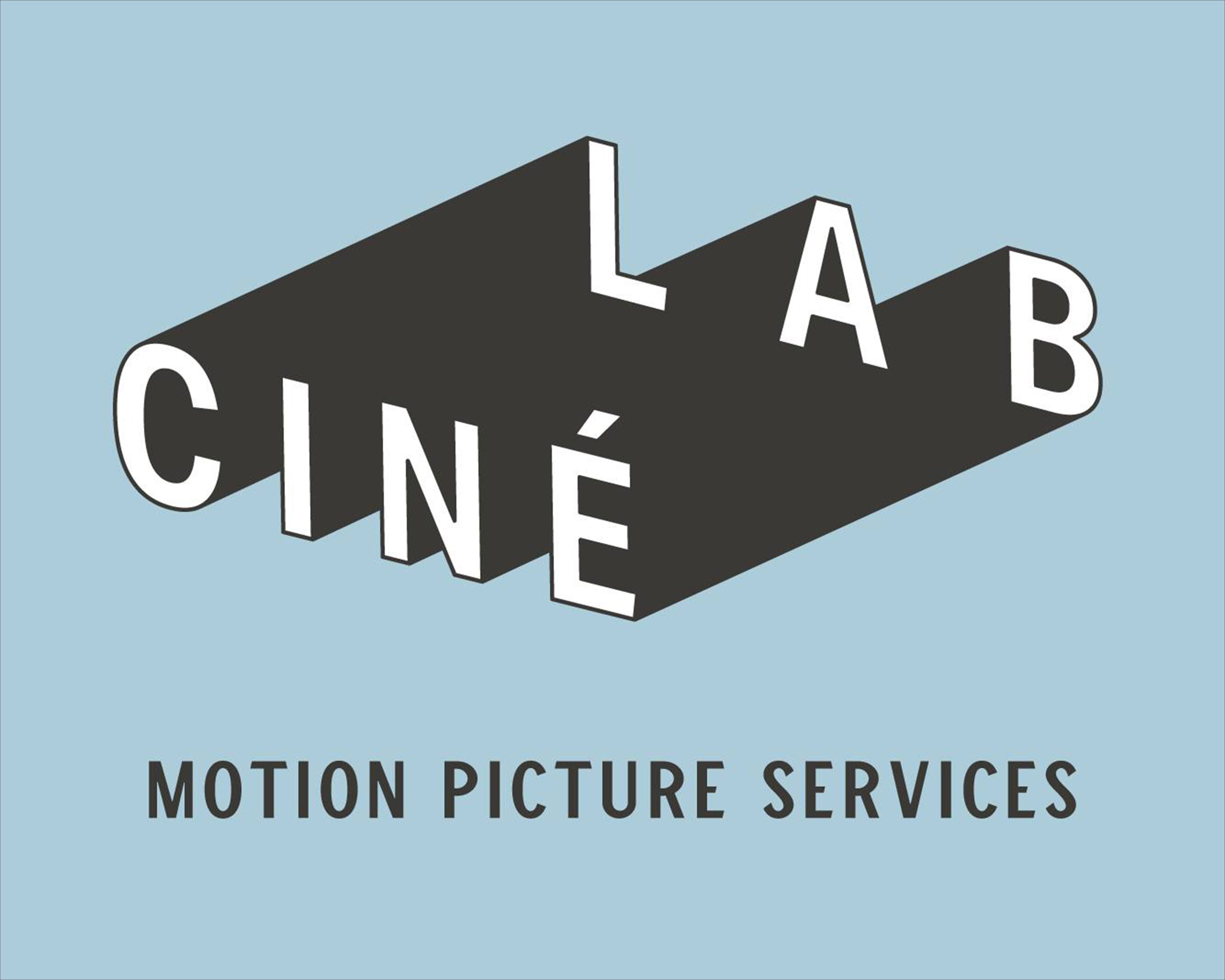sabbir3dexpert
New member
Becoming a professional 3D animator requires a combination of education, training, practice, and a strong portfolio to showcase your skills. Here are the steps to help you pursue a career as a 3D animator:
1. Educational Foundation:
- Obtain a high school diploma or equivalent. A strong foundation in art and mathematics can be helpful.
2. Bachelor's Degree (Optional but Recommended):
- While not always required, many professional animators have a bachelor's degree in animation, computer graphics, or a related field. Look for programs at reputable universities or art schools.
- Some programs to consider include:
- Bachelor of Fine Arts (BFA) in Animation
- Bachelor of Science (BS) in Computer Animation
- Bachelor of Arts (BA) in Digital Media Arts
3. Master's Degree (Optional):
- Pursuing a master's degree in animation can provide more advanced training and opportunities for specialization. This is particularly valuable if you want to work in a highly competitive industry or if you want to teach animation in the future.
4. Learn 3D Animation Software:
- Master popular 3D animation software like Autodesk Maya, Blender, Cinema 4D, or 3ds Max. These are industry-standard tools used in professional animation studios. There you can make any kind of 3D product animation also.
5. Develop Artistic Skills:
- Work on your artistic skills, including drawing, sketching, and understanding of anatomy and motion. These skills are essential for creating compelling animations.
6. Study Animation Principles:
- Learn the fundamental principles of animation, including timing, spacing, squash and stretch, anticipation, and more. Books like "The Animator's Survival Kit" by Richard Williams can be a valuable resource.
7. Practice Regularly:
- Create your own animations to build a strong portfolio. Start with simple projects and gradually work your way up to more complex ones.
8. Networking:
- Attend industry events, and conferences, and join online forums and social media groups related to animation. Networking can help you connect with professionals, learn about job opportunities, and gain insights into the industry.
9. Internships and Freelancing:
- Consider internships or freelance opportunities to gain real-world experience. This can be a stepping stone to a full-time position.
10. Create a Strong Portfolio:
- Your portfolio is crucial in showcasing your skills to potential employers or clients. Include a variety of animations that demonstrate your range and abilities.
11. Apply for Jobs:
- Start applying for entry-level positions in animation studios or related industries like game development, film, advertising, and virtual reality. Job titles to look for include Junior Animator or Animation Intern.
12. Continued Learning:
- The animation field is constantly evolving. Stay updated with the latest software updates, industry trends, and emerging technologies.
13. Feedback and Improvement:
- Be open to feedback from peers and mentors. Use constructive criticism to improve your work continually.
14. Build a Brand:
- As you gain experience, consider developing your brand and online presence. This can help you stand out in a competitive field.
15. Patience and Perseverance:
- Becoming a professional 3D animator can take time and effort. Stay patient and persistent in pursuing your goals.
Remember that success in 3D animation often requires dedication and a passion for the craft. Continually improving your skills and building a strong network in the industry will increase your chances of achieving your professional goals.





